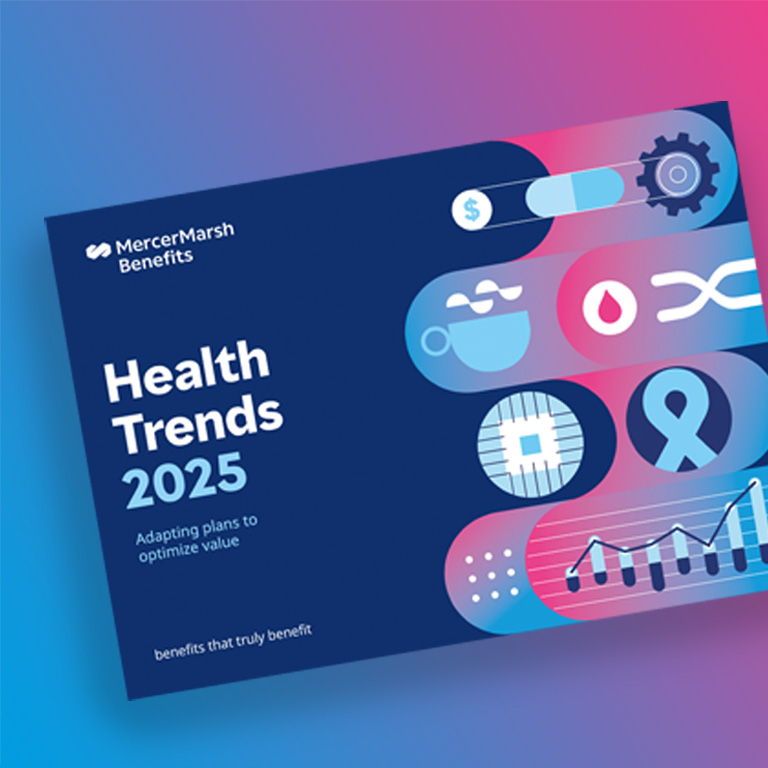
By Darren Holmes ,
Head of Operational Risk Consulting, UK & Ireland
19/04/2021
The health of employees is integral to the health of a business, so firms must step up and manage their people risks. This means building new strategies that protect their workforce’s physical, social, mental, and financial well-being.
The health and well-being of your employees determines the health and resilience of your business, something that has been clearly demonstrated over the past 12 months.
Pre-pandemic, we were already facing multiple health crises particularly relating to chronic conditions driven by lifestyle choices and an ageing population.
The collateral health impact from the spread of COVID-19 continues to have devastating consequences – both physically and mentally. The extended duration has exacerbated mental health concerns, with businesses and employees alike feeling the impact of anxiety and loneliness, the juggling of caregiving duties, financial stressors, and, sadly, grief.
Employers that proactively mitigate health issues – including all aspects of well-being – through targeted interventions and culture can drive positive business outcomes.
The benefits of this approach include a more stable business, more productive and loyal employees, and better management of medical, disability, and workers’ compensation claims. Workers report that the more varied health and well-being resources an employer offers, the more energised and supported they feel, and the less likely they are to leave.
There’s a clear link between employee health and business continuity and thus the spread of infectious diseases, including future pandemics, is a critical threat for consideration. In fact, it featured as the highest impact risk of the next decade in this year’s Global Risks Report.
Occupational health is more important than ever before, but firms must also consider other aspects of health, and the issues faced by the organisation when the physical, social, mental, and financial well-being of their employees is not looked after. These include:
The silver lining is that the pandemic has triggered a greater shift and adoption of digital healthcare, which is promising as these innovations look to make healthcare more affordable and easily accessible. For example, there are 400,000 health apps out there, and these can even be embedded in an insurer’s medical, workers’ compensation, or disability/salary continuance plans.
Firms should also design their health and well-being strategy by taking a data-driven approach to identify their top health risks, thereby enabling them to determine the targeted interventions needed to mitigate the risks.
This enables businesses to develop short, medium, and long-term approaches to creating affordable and competitive benefit plans that meet business and workforce needs.
The future of work demands healthy and engaged employees, so now is the time for employers to consider proactively implementing plan management measures. Fortunately, 95% of employers believe investment in health and well-being will be the same or greater priority in the future.
Even prior to the pandemic, the number one reason provided by senior decision makers for investing in health and well-being was safety, followed by morale/engagement and improved productivity. So, developing a comprehensive health and well-being strategy should be initiated by the C-suite and involve human resources, ESG, occupational health and safety, risk management, operations, and marketing/communications.
Employers cannot afford to do nothing! It is critical that health is made a business imperative. Firms need to plan ahead for the design, delivery, and financing of solutions that enhance access to quality healthcare, prevention, and culture of health programs.

Article
13/10/2024